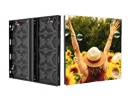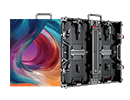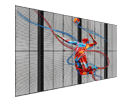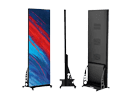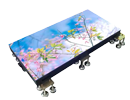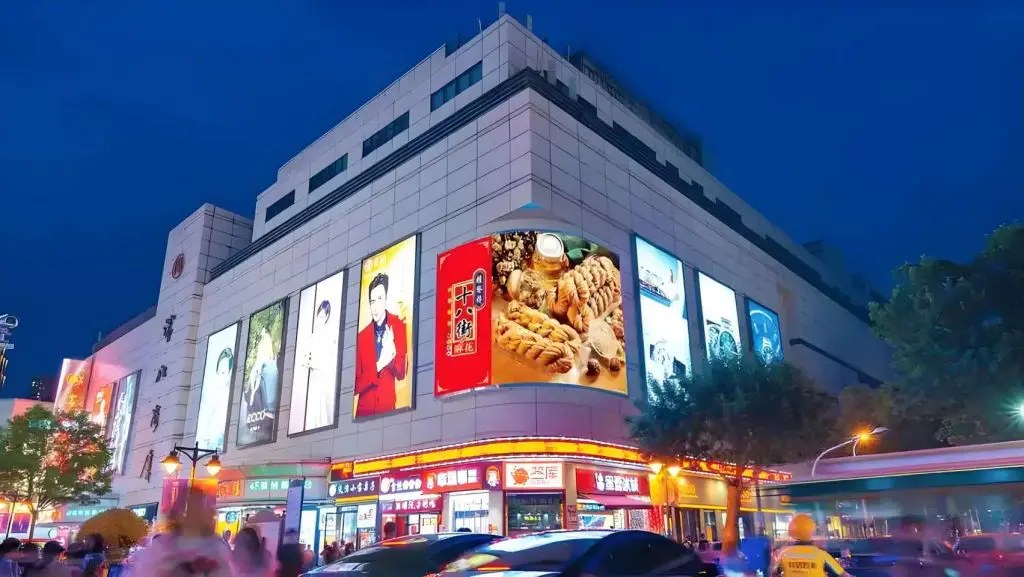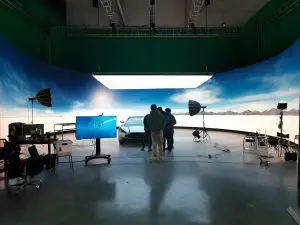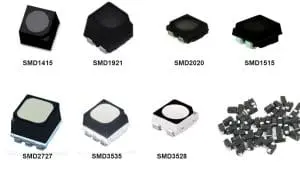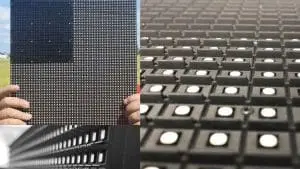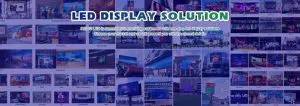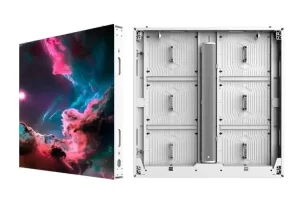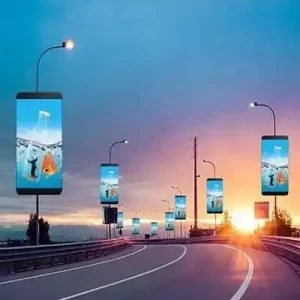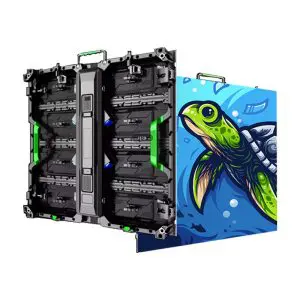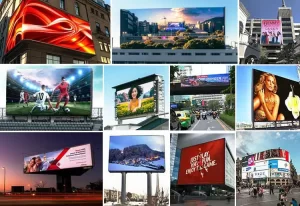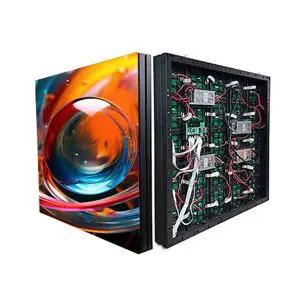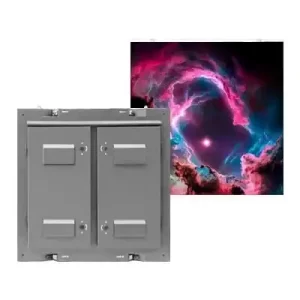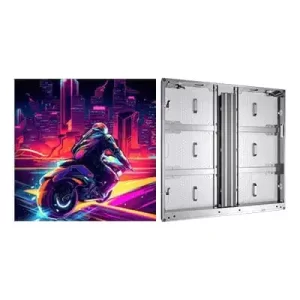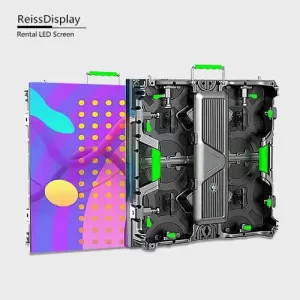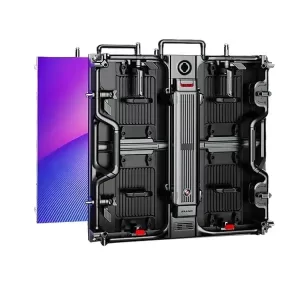High Brightness Outdoor Energy-Saving LED Display Screen: Ultimate Guide to Features, Benefits, Applications, Costs, and Buying Tips
A high brightness outdoor energy-saving LED display screen is an advanced digital signage solution designed to deliver vivid, high-visibility content in outdoor environments while minimizing energy consumption. These screens combine ultra-high brightness (up to 10,000 nits) with energy-efficient LED technology and weatherproof designs, making them ideal for billboards, stadiums, public spaces, and events where sunlight and weather pose challenges. With the global outdoor LED display market projected to reach $15 billion by 2028, growing at a CAGR of 8.5% (source: MarketsandMarkets), high brightness outdoor energy-saving LED displays are leading the shift toward sustainable, high-performance advertising and information systems.
What Is a High Brightness Outdoor Energy-Saving LED Display Screen?
A high brightness outdoor energy-saving LED display screen is a specialized LED panel engineered for external use, featuring enhanced luminosity to combat direct sunlight while incorporating energy-efficient components to lower power usage. These screens use advanced LED chips (e.g., SMD or COB) that provide brightness levels exceeding 5,000 nits, ensuring clear visuals even in bright daylight, and energy-saving technologies like intelligent dimming and low-power drivers to reduce consumption without sacrificing performance.
The “energy-saving” aspect comes from optimized circuitry, heat dissipation, and auto-adjust features that can cut energy use by 30-50% compared to standard outdoor LEDs. They are typically modular, with aluminum or composite frames for durability against weather elements like rain, wind, and UV exposure. According to Statista, energy-efficient outdoor displays have seen 35% adoption growth since 2020, as businesses prioritize sustainability. For instance, cities like Singapore use these screens for public info boards, saving 40% on electricity while maintaining 24/7 visibility.
These screens are not just bright—they’re smart, often integrating sensors for automatic brightness adjustment, making them eco-friendly and cost-effective for long-term outdoor use.
Types of High Brightness Outdoor Energy-Saving LED Display Screens
These screens vary by design and function. Here’s a detailed overview:
- Fixed High Brightness Outdoor Energy-Saving LED Screens
Applications: Permanent billboards or facades.
Features: High nits with auto-dimming; energy-efficient chips.
Best For: Continuous outdoor advertising. - Modular High Brightness Outdoor Energy-Saving LED Screens
Applications: Scalable video walls.
Features: Easy assembly; low-power modules.
Best For: Stadiums or large events. - Curved High Brightness Outdoor Energy-Saving Screens
Applications: Wraparound displays.
Features: Flexible energy-saving panels; high brightness on curves.
Best For: Architectural integrations. - Portable High Brightness Outdoor Energy-Saving Screens
Applications: Temporary setups.
Features: Battery-optimized; lightweight for mobility.
Best For: Outdoor events. - Transparent High Brightness Outdoor Energy-Saving Screens
Applications: See-through facades.
Features: Energy-efficient transparent LEDs; daylight brightness.
Best For: Retail or public buildings. - Rental High Brightness Outdoor Energy-Saving Screens
Applications: Short-term campaigns.
Features: Quick-setup with power-saving modes.
Best For: Festivals or promotions.
| Type | Pixel Pitch Range | Brightness (Nits) | Energy Savings (%) | Ideal Applications | Average Cost per m² (USD) |
|---|---|---|---|---|---|
| Fixed | P4–P10 | 5,000–8,000 | 30-40 | Billboards | $900–$1,800 |
| Modular | P3–P8 | 4,000–7,000 | 40-50 | Stadiums | $1,000–$2,000 |
| Curved | P3–P6 | 4,000–6,000 | 35-45 | Architecture | $1,200–$2,200 |
| Portable | P4–P8 | 5,000–7,000 | 40-50 | Events | $1,100–$2,000 |
| Transparent | P3–P7 | 3,000–5,000 | 30-40 | Retail | $1,500–$2,500 |
| Rental | P3–P6 | 5,000–8,000 | 35-45 | Promotions | $80–$250 (per day) |
Key Features of High Brightness Outdoor Energy-Saving LED Display Screens
These screens blend brightness with efficiency:
- Ultra-High Brightness: 5,000–10,000 nits for daylight clarity; auto-sensors optimize levels.
- Energy-Saving Technology: Low-power LEDs and dimming reduce consumption by 40%.
- Weatherproof Design: IP65+; UV-resistant for all climates.
- Pixel Pitch Flexibility: P3–P10 for sharp visuals.
- Heat Management: Efficient dissipation for longevity.
- Smart Controls: Remote monitoring; AI for energy optimization.
- Durability: Withstand winds and impacts.
- Modular Build: Easy repairs and upgrades.
These ensure sustainable performance.
Benefits of High Brightness Outdoor Energy-Saving LED Display Screens
- Daylight Visibility: High nits ensure clear content, boosting engagement 35%.
- Energy Cost Savings: 40% lower bills (Energy Star).
- Durability: Last 100,000+ hours in harsh weather.
- Eco-Friendly: Reduce carbon footprint 30%.
- Customization: Scalable for needs.
- Low Maintenance: Fewer replacements.
- High ROI: Increase ad revenue 25%.
- Versatility: For various outdoor uses.
Case: Times Square saves 30% energy with these screens.
Applications of High Brightness Outdoor Energy-Saving LED Display Screens
- Advertising: Energy-efficient billboards.
- Stadiums: Scoreboards with low power.
- Events: Festival displays.
- Public Info: Transit signs.
- Retail: Outdoor promotions.
- Smart Cities: Eco alerts.
Case: Tokyo’s public screens reduce energy 35%.
Technical Specifications of High Brightness Outdoor Energy-Saving LED Display Screens
| Specification | Details |
|---|---|
| Pixel Pitch | P3–P10 |
| Brightness | 5,000–10,000 nits |
| Refresh Rate | ≥3,840 Hz |
| Viewing Angle | 140°–160° |
| IP Rating | IP65+ |
| Power Consumption | 200–400 W/m² |
| Lifespan | 100,000+ hours |
| Energy Savings | 30-50% |
How to Choose the Right High Brightness Outdoor Energy-Saving LED Display Screen
- Brightness Needs: For sunlight.
- Energy Efficiency: Check ratings.
- Durability: IP and materials.
- Budget: Balance with savings.
Installation Guide for High Brightness Outdoor Energy-Saving LED Display Screens
- Site Prep: Assess weather.
- Mounting: Secure frames.
- Assembly: Connect modules.
- Testing: Calibrate energy modes.
- Maintenance: Monitor efficiency.
Costs: $5,000–$30,000.
Costs of High Brightness Outdoor Energy-Saving LED Display Screens
$900–$2,500 per m². ROI in 6 months via savings.
Future Trends in High Brightness Outdoor Energy-Saving LED Display Screens
- Solar integration.
- AI efficiency.
- Micro-LED for brighter, greener screens.
FAQ: Common Questions About High Brightness Outdoor Energy-Saving LED Display Screens
- What is a high brightness outdoor energy-saving LED display screen? Bright, efficient outdoor display.
- How much does a high brightness outdoor energy-saving LED display screen cost? $900–$2,500 per m².
- What is the best high brightness outdoor energy-saving LED display screen for billboards? Modular models with auto-dimming.


